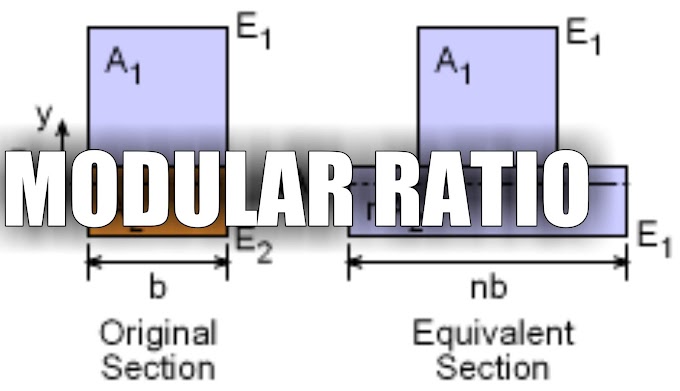 |
Pipes are further divided into mains, sub mains, branches, and laterals.
Valves are used for controlling flow.
Hydrants are used for releasing water during fire breakouts.
Meters are used for measuring discharges.
Pumps are used for lifting water.
Service reservoirs are used to store treated water and mentening pressures.
The pressure required for a single-story, two-story and three-story buildings is 7m, 12m, and 17m respectively.
Fire hydrant pressure should be maintained more than 1kg/sq.cm.
The size of pipe used is generally 10cm.
The distribution system involves 40 to 70% of the total cost of the water supply scheme.




0 Comments